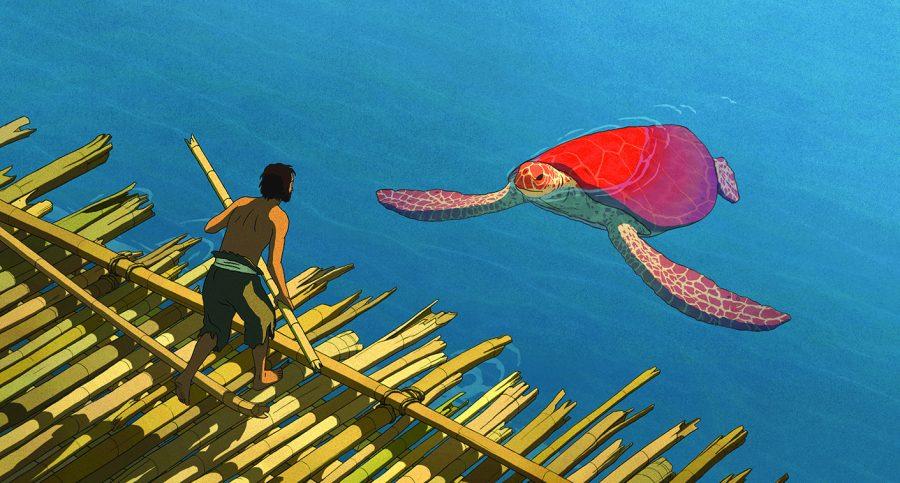‘The Red Turtle’ Director Discusses French Animation
February 7, 2018
Director Michael Dudok De Wit says that making an animated film is much like having a child — strenuous and oftentimes dreadful, yet ultimately incredibly rewarding.
This past weekend, French Institute Alliance Française hosted their inaugural French Animation Festival, “Animation First.” The festival featured a program of screenings and Q&As to celebrate the significant animation history of France, including screening and Q&A with “The Red Turtle” director Dudok De Wit.
The collaboration between Japanese animation house Studio Ghibli and Dudok De Wit won the Special Jury Prize at Cannes and was nominated for the Oscars’ Best Animated Feature Film in 2017. In his elucidating Q&A, Dudok De Wit communicated that film directors, specifically of animated films, do not give up on their project midway and resort to something less ridden with painstaking rigor. Films like “The Red Turtle” demonstrate the potential success of that determination.
“The Red Turtle” (“La Tortue Rouge” in French) is a testament to the natural world. The film takes place on an island unknown to human construction and destruction, untouched by civilization. It follows the narrative of an unnamed castaway, as he first fights, then embraces his situation on the island. There is no dialogue, emphasizing the solitary nature of his condition. Nature both terrifies and enamors the man — in one scene he attacks a giant red turtle out of vengeance, causing its shell to rupture. In another, the turtle transforms into a sylphic, or a supernatural woman, who becomes his lover.
While the castaway serves as the focal point of the plot, the island is itself the most prominent character of the film. To inspire his portrayal of a tropical ecosystem, Dudok De Wit traveled to many islands in advance, such as the Seychelles. He collected thousands of images of wildlife and used them as a basis for his drawings for the animation.
The final topography of the animated island is stunning and immersive, making it easy to forget that it is in fact just a sequence of drawings. Dudok De Wit noted that in order to perfect this realism, he needed to attend closely to light and shadow in the scenes, a meticulous undertaking that is specifically necessary in animation. This meant following the time of day, where the sun would place shadows, as well as how scenes should be colored.
Every scene is rich with detail — from the foam of breakers washing ashore to the curls of the woman’s free-flowing hair. It is no surprise that the making of the film took nine years. Dudok De Wit explained how creating the scenes involved trial-and-error ad nauseam. While the plot loses its focus at times, whatever is lacking in plot is made up for in the remarkable visuals.
In making “The Red Turtle,” Dudok De Wit had the same fear that many parents do — that he would fail, and his efforts would prove futile. But, like with raising a child, Dudok De Wit said that he still feels like the most privileged person in the world to have had the opportunity to dazzle global audiences.
Email Rene Bennett at [email protected].























































































































































